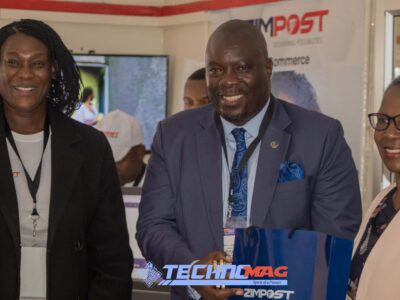Africa University students have developed a cutting-edge wearable system that uses cameras and sound to help visually impaired people move around more independently replacing the traditional walking stick with smart vision.
Under the university’s Innovation Hub i5, Munyaradzi Mzite and Tadiwanashe Tasara unveiled their breakthrough project, dubbed Braille Eyes, which uses a visual augmentation system to detect obstacles and translate them into sound signals. This helps blind users safely interpret their environment in real time.
“We realised that many blind people are still relying on outdated tools like walking sticks or human companions. Our system uses mounted cameras to scan surroundings and assign directional sounds to nearby objects, whether moving or stationary,” said Tasara.
By Ruvarashe Gora
The system mimics the echolocation technique used by dolphins and bats making it possible for users to ‘hear’ the location and movement of objects around them. This provides a 360-degree spatial awareness, improving mobility and reducing accidents caused by unseen hanging or moving obstacles.
Mounted on a pair of glasses, the cameras serve as the user’s digital eyes. Once activated, the glasses scan the surroundings and transmit auditory cues through earphones, allowing the blind to identify the direction, speed, and distance of obstacles.
Mzite said the idea came from observing the daily challenges of blind individuals in Zimbabwe and the inefficiencies of conventional aids like white canes. “Walking sticks only detect objects that are grounded. Anything above waist level is invisible to them. That makes blind people vulnerable to injury,” he explained.
The project is still in its early stages, but the team has already begun filing for a patent in Zimbabwe and hopes to expand globally. “If we secure a patent here, we aim to license the technology in larger markets like China and the United States where demand is higher,” he said.
The duo plans to collaborate with a Chinese manufacturer for large-scale production while ensuring the product remains accessible locally. “Once production begins, we want this innovation to benefit both the local community and international users,” he added.
Braille Eyes is currently housed under AU’s Innovation Hub i5, part of a wider initiative to nurture youth-led, tech-based solutions to real-world challenges. The project demonstrates how Zimbabwean innovation can lead global efforts in inclusive technology.













Comments